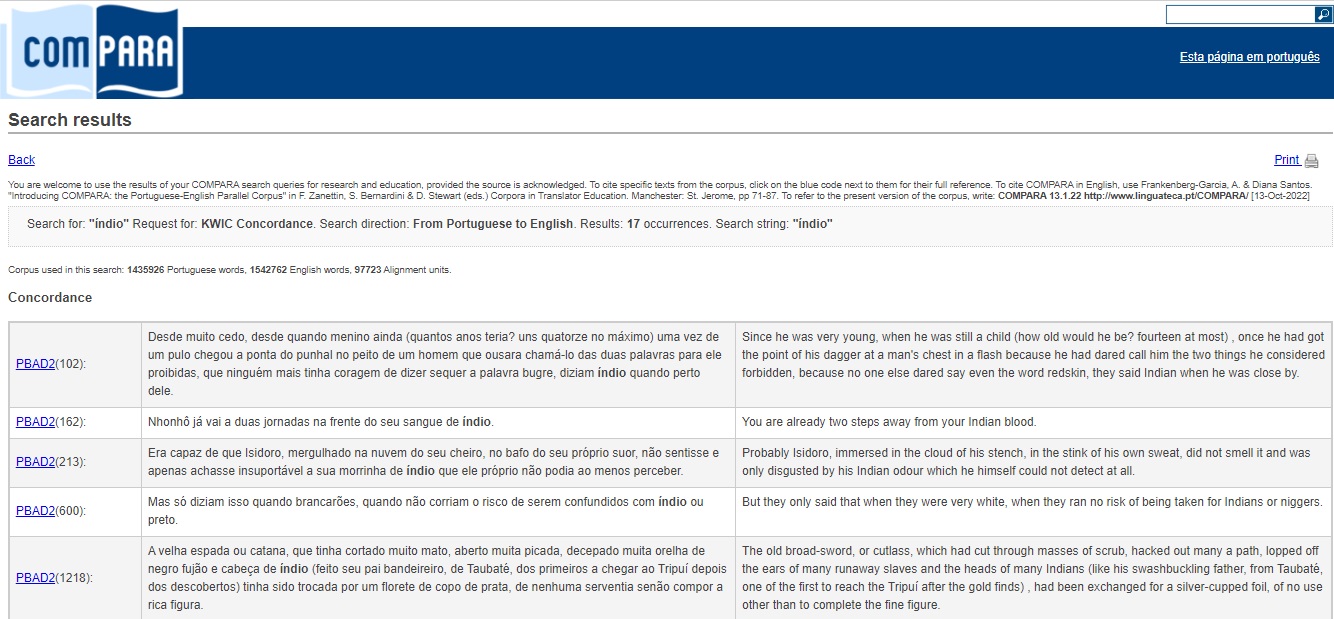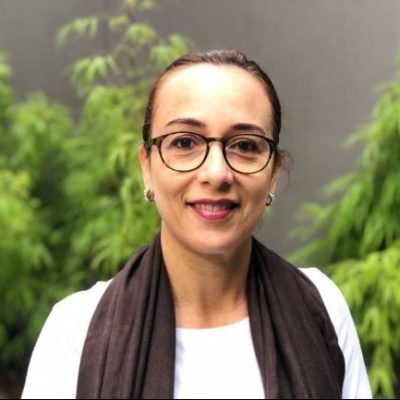Lesson 12 description
Many languages, many cultures
Paula Tavares Pinto
Many languages, many cultures!
The lesson Many languages, many cultures! was designed for High School students. The goal of this lesson is to show learners culturally marked terms of indigenous culture that have been translated from English to any other language. To illustrate the activity, we have chosen texts translated from Portuguese to English in literary works, such as the novel Iracema by José de Alencar. However, teachers may adapt it to other languages and cultures that portray their own native tribes.
Note: The expression ‘culturally marked terms’ has been developed by professor Francis Aubert. ‘Culturally marked terms’ are those related to one specific culture and not known in any other, such as cachaça, curau, maculelê, and curupira in Portuguese. They are terms of our folklore and only Brazilian people know them, however, in a translation, the translator works with them and finds ways to explain what they are, allowing people from other cultures to learn more about that country.
The lesson also aims to provide learners with an opportunity to reflect upon the indigenous peoples described in literature and how indigenous cultures and tribes live today. To do so, learners will start from original and translated literature to research about languages, customs and the reality of indigenous peoples. This lesson can be carried out in an interdisciplinary format among the subjects of foreign languages, History, Geography, among others.
This lesson is available in hands-on and hands-off formats, in which learners can access the parallel corpus (Portuguese – English) COMPARA and observe passages in which culturally marked terms are found in both languages. This search will allow learners to reflect upon the comparison between cultural terms in Portuguese and English as well as authors’ and translators’ writing style in both languages. In the hands-off format, learners will have access to the same type of information that was pre-selected from the book and will not need to have access to the Internet. Check the following example.

Watch Pressbooks Video 8 (YouTube, 3m41s) below to learn more about how to use COMPARA.


